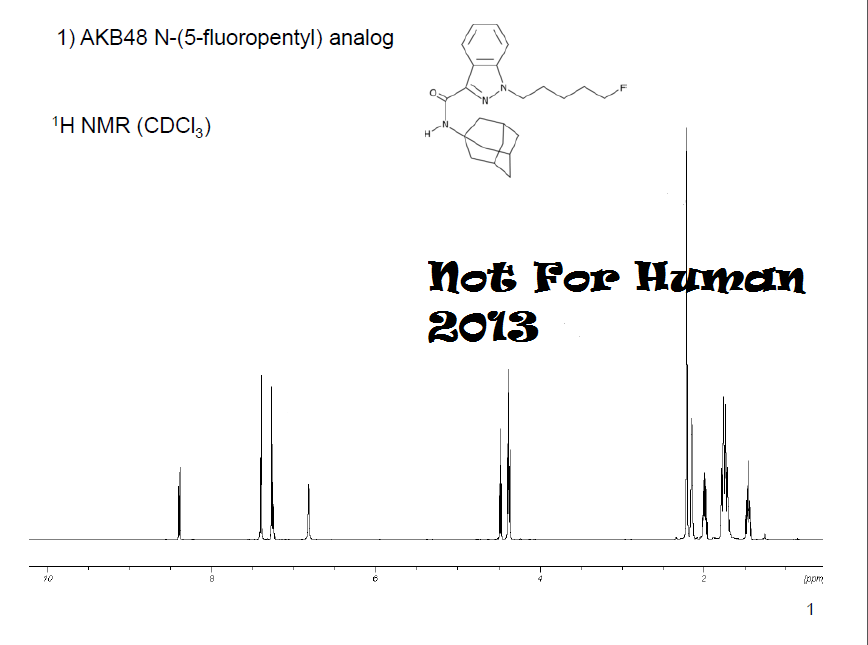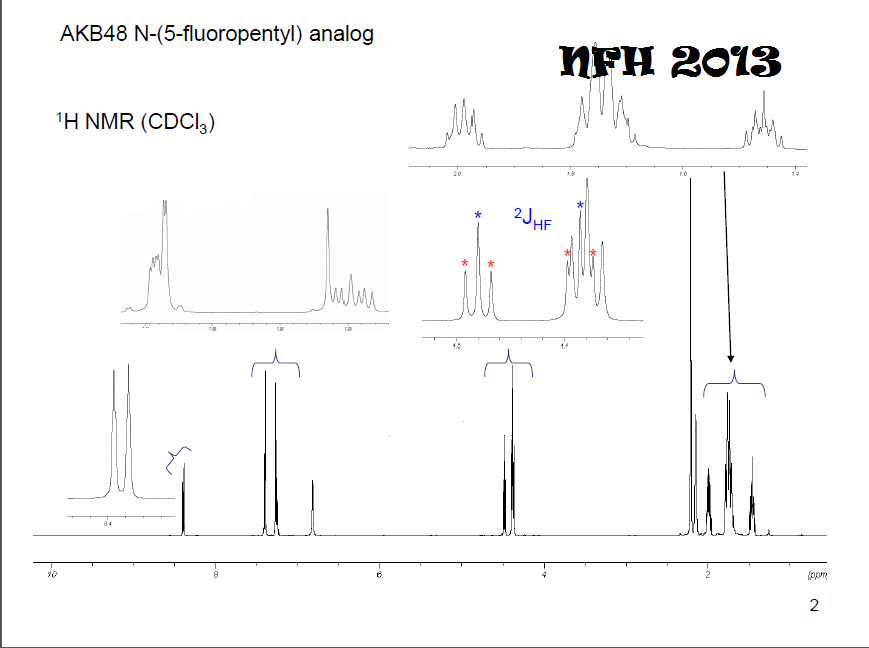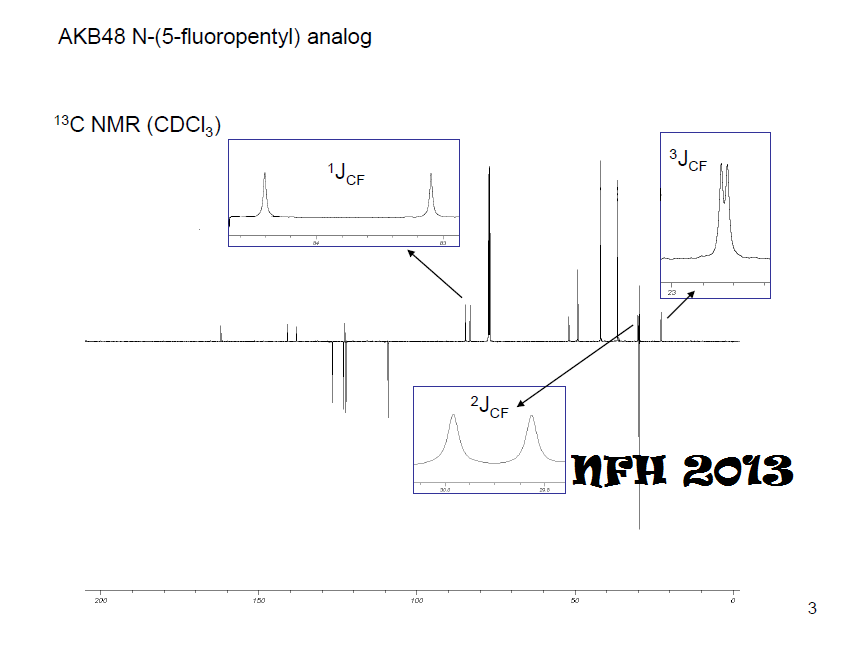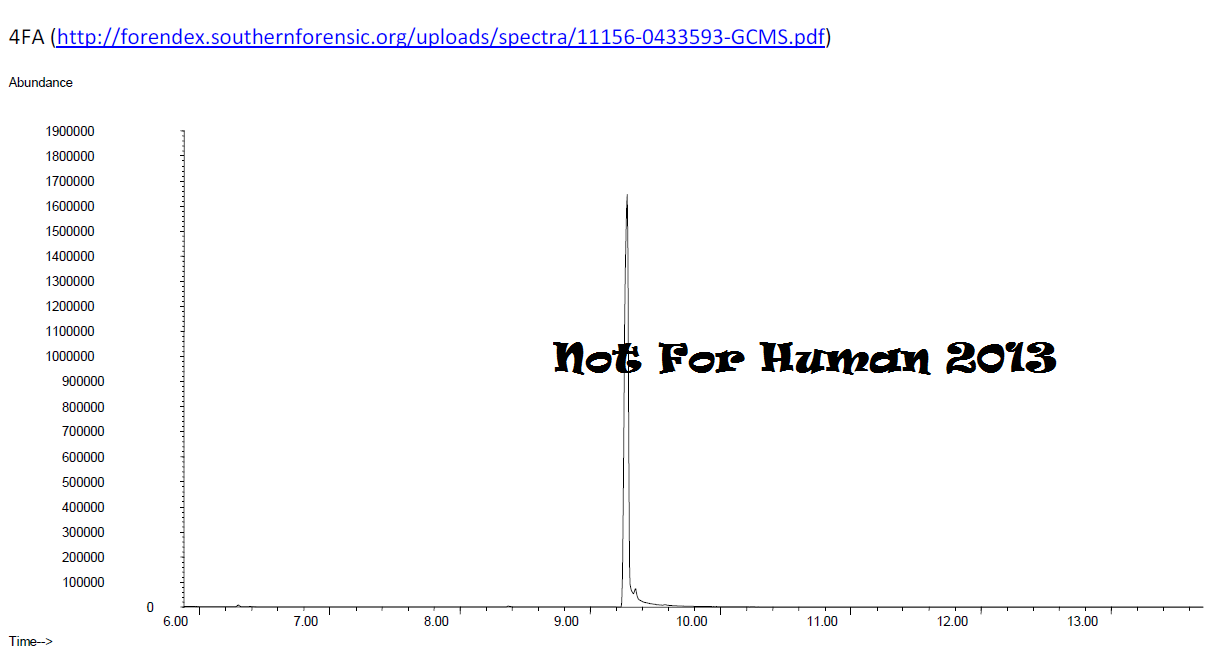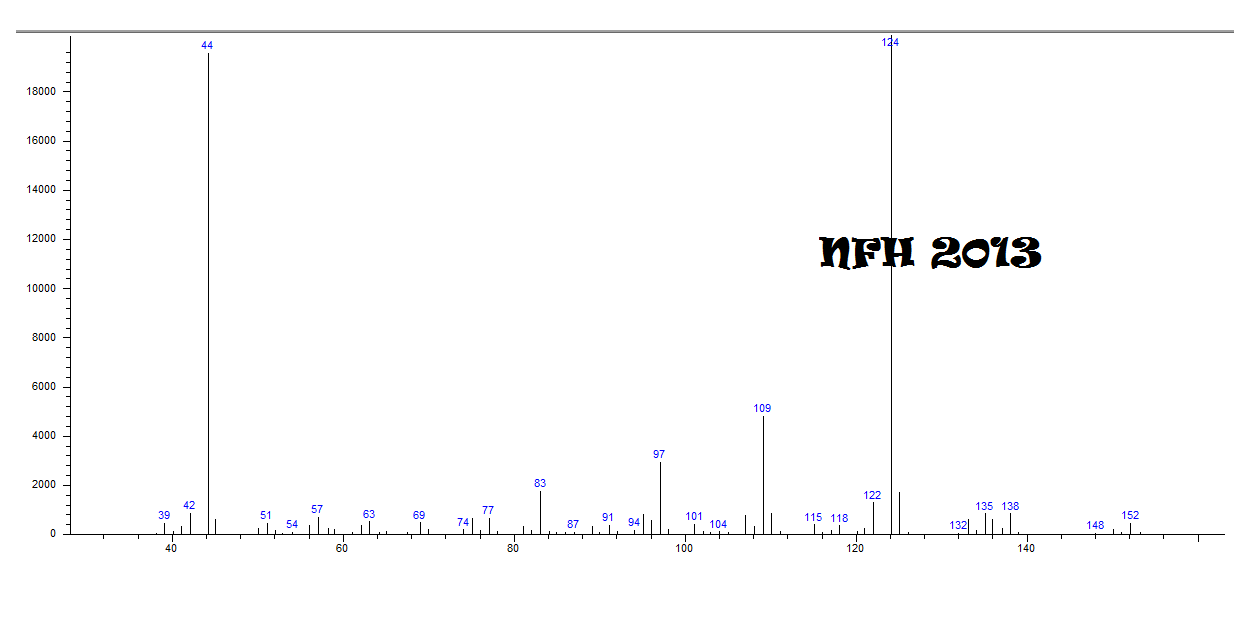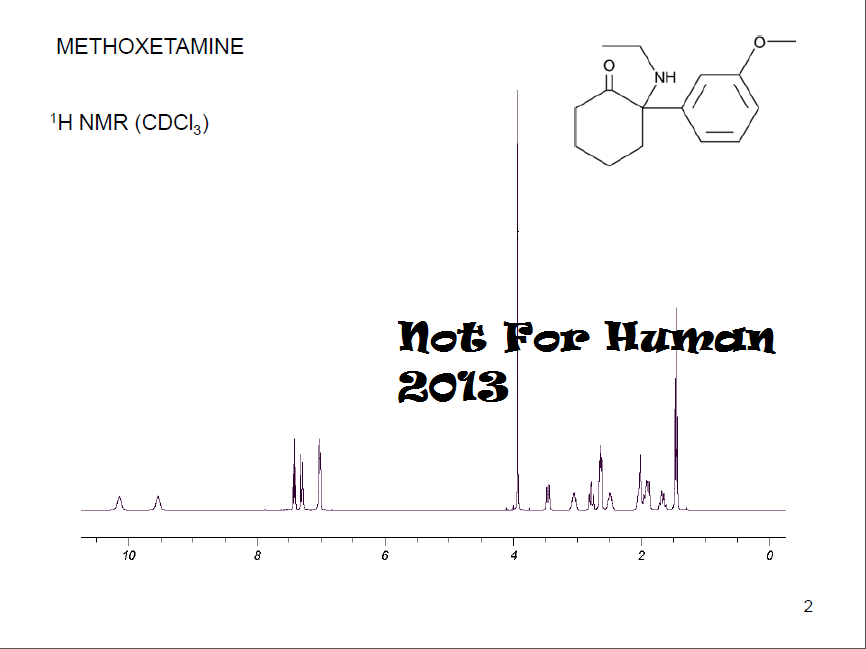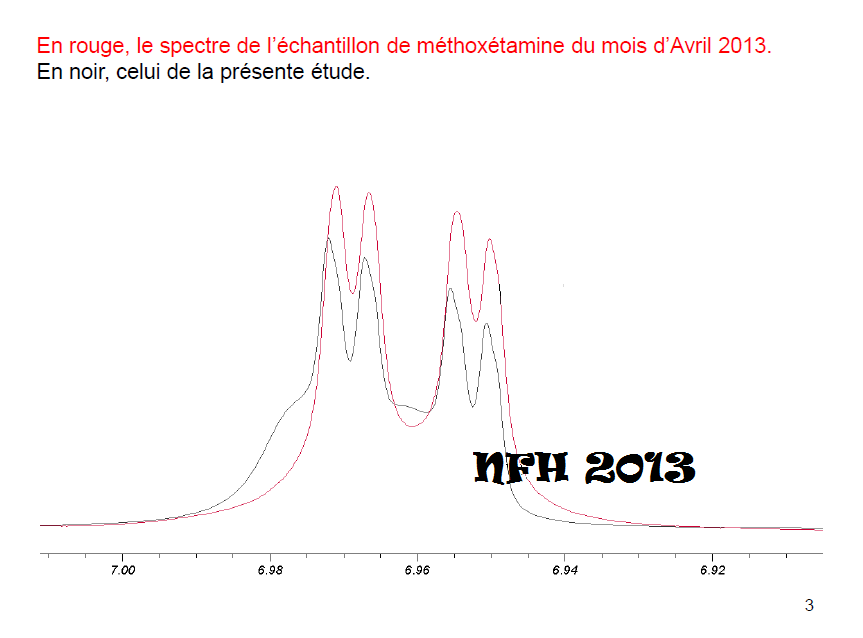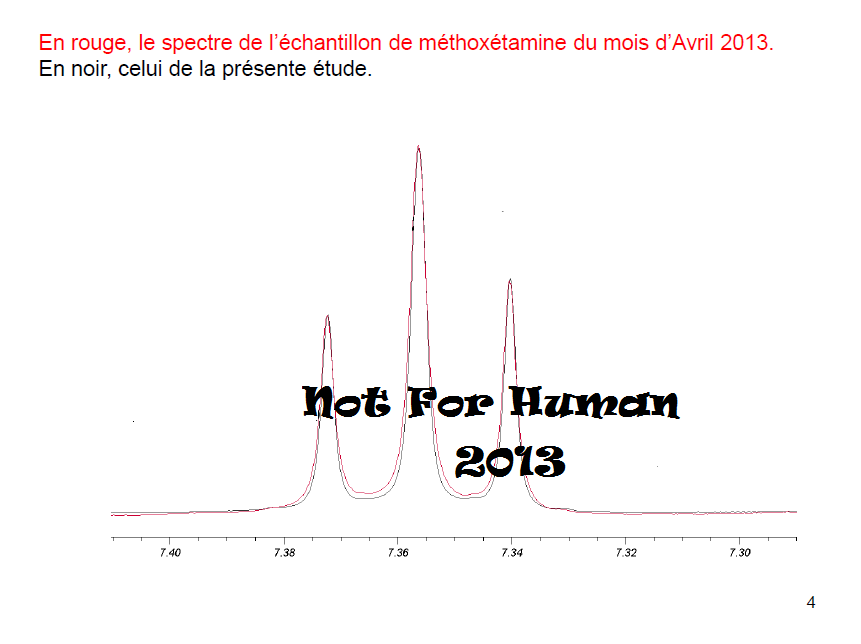AlphaMethyl
Holofractale de l'hypervérité
- Inscrit
- 26/3/09
- Messages
- 2 834
Voilà la réponse venant d'un gérant d'un shop Polonais fesait référence aux produits cités en 1ere page :
Hi!
Thank's for the long message.
I was unavailable for the last weeks and just read your post today.
Well, yes, it's obviously true that synthesis impurities CAN be problematic in certain cases.
I did not fully understand what the 5% impurity were in the 2C-D sample, but I expect it to be synthesis impurities.
You mentioned Bromo Dragonfly, but this was a case of mislabelled product. It would only be there when someone adds it on purpose, but I doubt anybody would do that.
I checked the bluelight thread you posted and that is actually back from 2010 and yes, the first batches of 6-APB really contained a lot of impurities.
In regard to the 6-APB, the way I understand it is, that it is not sure that what is contained the 10% is 5-APB and it's also possible that it's just a different isomer of 6-APB. This would make much more sense, because 5-APB would not come up as a synthesis impurity in a 6-APB synth while a different isomer would be possible depending on the raw material of course.
In the end the thing is that there is basically always a certain risk that a new product may contain problematic synthesis impurities.
With existing products, I think the risk is not so high, because they simply have been tested many times by many people already.
So for example with 2C-E, the synth route is standard and that has been produced many many times already and there are not known to be any toxic impurities. With other new product that is of course not always sure.
In the end everybody want's to have a product as pure as possible and we always do melting point tests and independent NMR analysis to ensure that the products we sell are really very pure and to also identify a possible mistake or fake product before we actually sell it.
This has actually happened a couple of times already, that there was either a very unpure product or a mixup at the lab and we have detected these mistakes through our independent NMR analysis and then of course did not sell the fake/bad product.
It is very important to have this quality control as there is not much quality control on the side of asian labs and it has happened many times in the past, that they knowingly or by mistake sent a wrong product to vendors.
That's why sometimes, especially when a new product comes to the market, there are many different reports in different forums, because often there are a lot of fakes on the market and some asian "labs" will tell vendors that they have this new product, but really they just send something else, or something very unpure.
The only method to really find out about such things is independent product analysis on the side of the vendor and it must be proper analysis with melting point, GC/MS or NMR. Things like reagent tests with Marquise are not enough in my opinion, because it is not always accurate.
Also I think it very much depends on the salt form used for the product with different salt forms giving different results.
I can remember myself, getting different marquis colours for different batches of 4-FA and they were later analyzed with GC/MS and confirmed to both be 4-FA, but they really did give very different colour reactions.
But anyway, getting back to the original topic: Yes, synthesis impurities can be a problem and that's why it is important to have the batch as pure as possible and we always try to get at least 98% purity in order to keep the amount of unwanted impurities as low as possible.
Even if most of the impurities is usually harmless solvents and other things, one of course want's to have as little of them as possible in the final product.
Kind regards,
